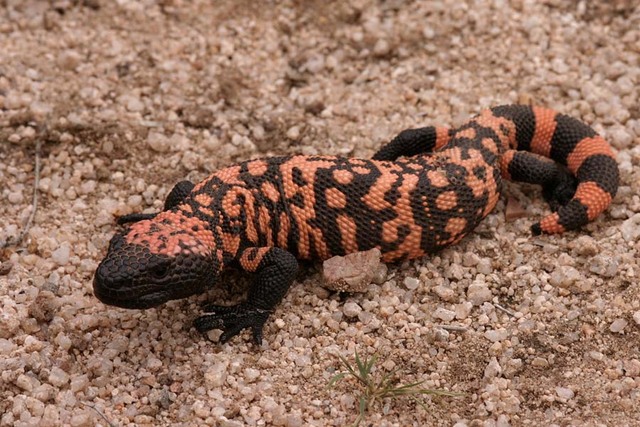
Heloderma suspectum
Gila Monster, American Gila Monster, Gila Monster,Gila Monster, Blunt-tailed Lizard, Aztec Lizard
The Gila Monster (scientific name: Heloderma suspectum) is also known as the···
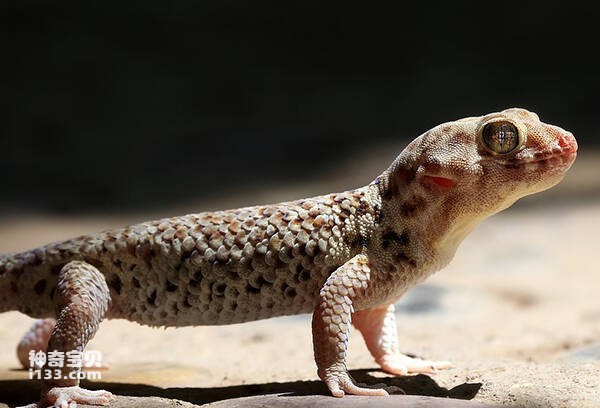
Teratoscincus roborowskii
Teratoscincus roborowskii
The Turpan sand tiger is nocturnal, inhabits desert or semi-desert areas, an···
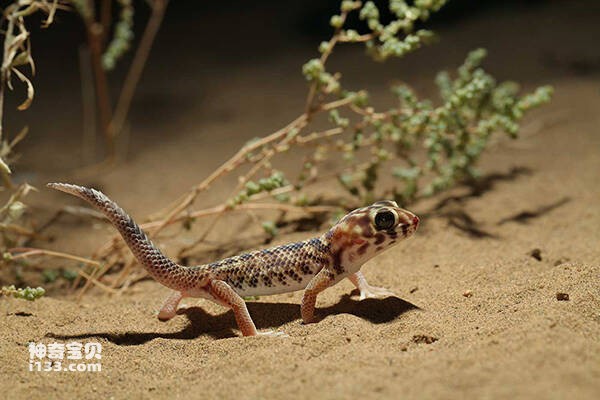
Teratoscincus scincus
Teratoscincus scincus,Common Wonder Gecko
The Yili Sand tiger is a burrowing terrestrial lizard, which belongs to the ···
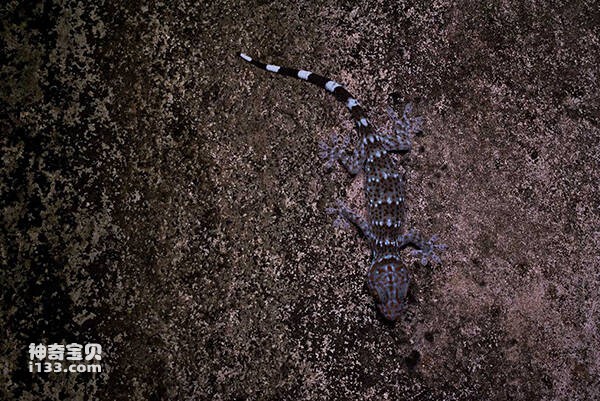
Gekko reevesii
Gekko reevesii
Giant geckos live in tropical and subtropical limestone areas 250-600m above···
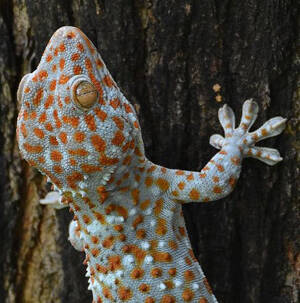
Gekko gecko
Gecko,Gekko gecko,Gecko, fairy toad, dog, crab, gecko snake, giant gecko
The foreign name of the gecko is Gecko, and there are 2 subspecies.The gecko···
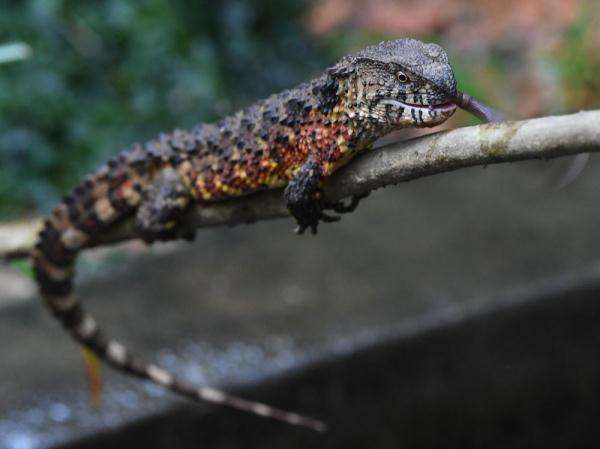
Shinisaurus crocodilurus
Crocodile lizard, water gecko, Yaoshan crocodile lizard, big sleeping snake, wood sleeping fish, drowned dog
Between 1928 and 1929, the biology department of Sun Yat-sen University went···
